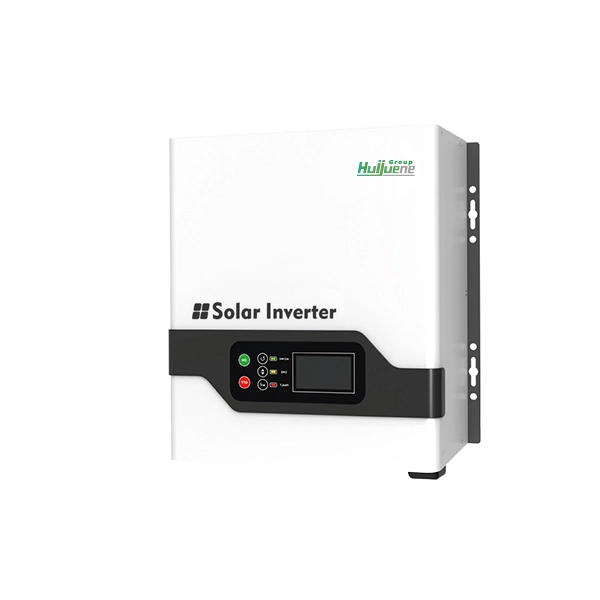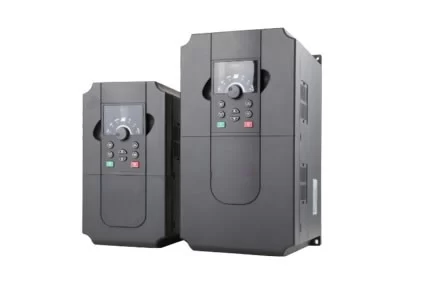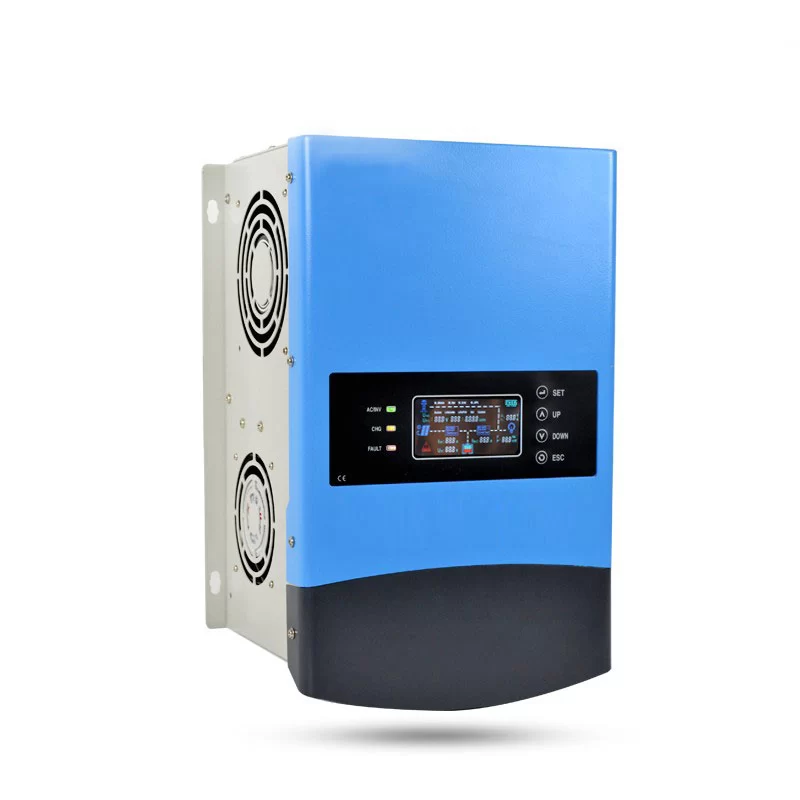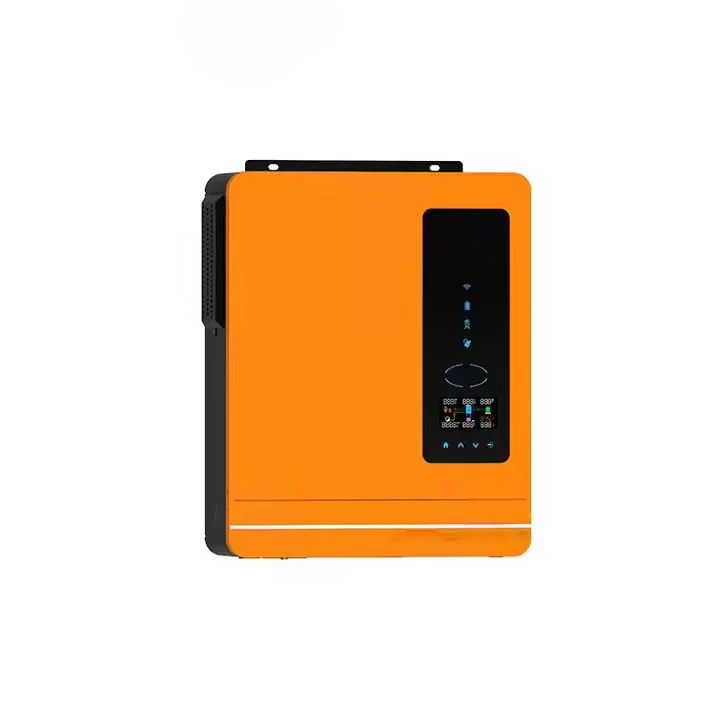Get A Quote Now!
Next-Generation Solar Inverter Technology: Key Innovations and Future Trends
- 1. Microinverters: Enhancing Individual Panel Performance
- 2. String Inverters with Power Optimizers: Combining the Best of Both Worlds
- 3. Artificial Intelligence (AI) and Machine Learning: Intelligent Solar Inverters
- 4. Modular Design: Scalability and Reliability
- 5. Increased Efficiency and Power Density
- 6. Applications and Market Trends
Solar inverters are vital components in photovoltaic (PV) systems, playing a crucial role in converting the direct current (DC) generated by solar panels into alternating current (AC) for use in homes, businesses, and the grid. As the solar industry evolves, next-generation solar inverter technology is advancing rapidly to enhance efficiency, flexibility, and reliability. Here, we explore some of the most significant technological developments and trends shaping the future of solar inverters.
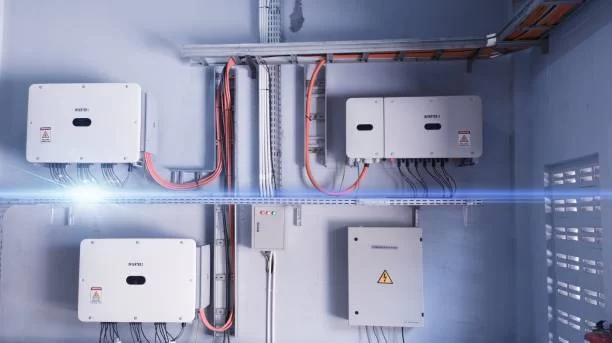
1. Microinverters: Enhancing Individual Panel Performance
Microinverters represent a significant advancement in solar inverter technology. Unlike traditional string inverters that connect multiple panels in a series, microinverters are installed on each individual solar panel.
- Individual Optimization: Each panel operates independently, allowing for more precise energy production and optimization. This setup is particularly beneficial in installations where panels may receive varying amounts of sunlight due to shading or orientation.
- Shade Tolerance: With microinverters, if one or several panels are shaded, it doesn’t significantly impact the overall system’s performance, ensuring continued energy production.
- Increased Efficiency: By maximizing the output of each panel, microinverters can significantly enhance the overall efficiency of the solar system, particularly in challenging conditions.
2. String Inverters with Power Optimizers: Combining the Best of Both Worlds
String inverters with power optimizers integrate the benefits of both microinverters and traditional string inverters. Power optimizers are devices attached to each solar panel to enhance performance.
- Enhanced Flexibility and Improved Performance: This configuration allows the solar panels to operate more effectively in various conditions, including partial shading and panel mismatches. Power optimizers can adjust the output of each panel to ensure optimal performance, thus improving the overall energy yield.
- Cost-Effectiveness: While providing benefits similar to microinverters, this setup can be more cost-effective for larger installations due to the reduced number of inverters needed.
3. Artificial Intelligence (AI) and Machine Learning: Intelligent Solar Inverters
The integration of Artificial Intelligence (AI) and Machine Learning into solar inverters is revolutionizing their capabilities.
- Predictive Maintenance: AI algorithms can predict potential issues with inverters before they occur, enabling proactive maintenance and reducing downtime.
- Performance Optimization: These technologies allow inverters to optimize their operation based on real-time data, such as weather conditions and energy consumption patterns, ensuring maximum efficiency and longevity of the solar system.
4. Modular Design: Scalability and Reliability
Modular design is a growing trend in next-generation solar inverter technology, allowing systems to be easily expanded or scaled down based on energy needs.
- Scalability: Modular inverters can be added or removed as required, making it easier to adapt to changing energy demands without the need for a complete system overhaul.
- Reliability: The modular approach enhances reliability by isolating faults to individual modules, reducing the risk of a total system failure.
5. Increased Efficiency and Power Density
Advances in inverter design have led to higher efficiency and power density, which are critical for reducing energy losses and improving overall system performance.
- Higher Efficiency: New inverter models are achieving higher efficiency rates, often exceeding 98%, by minimizing conversion losses. This improvement directly translates to more energy being available for use or sale back to the grid.
- Smaller Footprint: Technological advancements, such as the use of IGBT modulesand TI GaN technology, have resulted in more compact inverter designs, allowing for more flexible installations and easier integration into various environments.
6. Applications and Market Trends
Next-generation solar inverters are being utilized across various applications, including residential, commercial, and utility-scale solar farms. They are also integral to energy storage systems (ESS), electric vehicle (EV) charging solutions, and even in industrial motor drives.
- Integration with Solar Farms and ESS: Central inverters remain dominant in large solar farms due to their ability to handle high power levels efficiently. However, the trend towards integrated inverter solutions is growing, particularly for residential and commercial settings.
- Electric Vehicle Charging and Beyond: With the rise of EVs, next-generation inverters are also being designed to facilitate efficient EV charging, further expanding their applicability and market demand.
Conclusion
The evolution of solar inverter technology continues to drive the solar industry’s growth, making solar power more efficient, reliable, and accessible. With advancements such as microinverters, AI integration, and modular designs, these next-generation inverters are set to meet the diverse needs of modern energy consumers while supporting the global transition to renewable energy sources.
By understanding these technological advancements, stakeholders can better appreciate the potential of next-generation solar inverters to enhance the performance and sustainability of solar energy systems across various applications.
Discover our range of next-generation solar inverters designed to maximize efficiency, flexibility, and reliability in your solar energy systems. Visit our product page to find the perfect solution for your needs.


